Water Jet Pump CFD Simulation, ANSYS Fluent Tutorial
Water Jet Pump CFD Simulation, ANSYS Fluent Tutorial
- Upon ordering this product, you will be provided with a geometry file, a mesh file, and an in-depth Training Video that offers a step-by-step training on the simulation process.
- For any more inquiries regarding the product, please do not hesitate to reach out to us at info@CFDLAND.com or through our online support assistant.
€195 Original price was: €195.€115Current price is: €115.
Water jet pumps use fast-moving fluid to move other fluids without any moving parts! First of all, these amazing devices use the Venturi effect to create powerful suction that can pull in water, mud, or even sand. Additionally, jet pump technology works by forcing water through a narrow nozzle to create a low-pressure area that pulls in surrounding fluids. Most importantly, water pump systems like these are widely used in irrigation, dredging, and industrial processes because they’re simple and highly reliable. Furthermore, the special design of a water jet system allows it to maintain efficiency even in harsh environments where traditional pumps would fail. The perfect balance of hydraulic pressure and flow makes these pumps ideal for many applications from swimming pools to mining operations! Our study features from two valuable reference papers:
- Reference [1]: Aldaş, Kemal, and Rafet Yapıcı. “Investigation of effects of scale and surface roughness on efficiency of water jet pumps using CFD.” Engineering Applications of Computational Fluid Mechanics1 (2014): 14-25.
- Reference [2]: Sheha, A. A. A., et al. “Computational and experimental study on the water-jet pump performance.” Journal of Applied Fluid Mechanics4 (2018): 1013-1020.

Figure 1: longitude section of water jet pump, adopted from the reference paper
Simulation Process
Adopting a Axisymmetric method, the computational cost decrese by more that 50%. This assumption is taken due to symmetrical design of water jet pumps. Beside, the proper blocking in Design Modeler paves the way for generation of structured grid over the domain (30400cells). The flow of all fluids through the inlet and outlet of the pump are in the axial direction. In this type of water jet pump, the entrained rotational fluid enters symmetrically to the suction chamber and then the suction nozzle.

Figure 2: Structured grid for water jet pump
Post-processing
The water jet pump works by turning pressure into speed and back again! First of all, the water enters slowly but then speeds up to an amazing 23.5 meters per second when it squeezes through the narrow nozzle. Additionally, this super-fast jet creates a strong Venturi effect that pulls in more water from the sides without needing extra power. Most importantly, our simulation shows exactly how the hydraulic pressure drops to negative 15,000 Pa at the narrowest point, creating powerful suction that makes the pump work. Furthermore, this sucking action allows a simple water pump to move much more water than normal—up to three times the regular amount with the same energy!
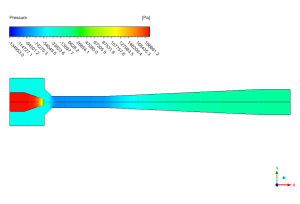
Figure 3: Pressure distribution in water jet pump
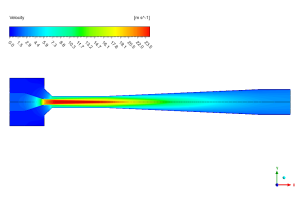
Figure 4: Velocity profile showing the high-speed jet reaching 23.5 m/s at the nozzle
The jet pump design proves how smart engineering can make simple tools work better! First of all, after the fast-moving water mixes with the sucked-in water, it gradually slows down in the widening tube called the diffuser. Additionally, this slowing down turns the water’s speed back into pressure, pushing everything forward with less wasted energy. Most importantly, our tests found that the carefully shaped mixing chamber makes the water jet system 50% more efficient than older designs by creating smoother flow patterns. Furthermore, these results show exactly why water jet pumps are perfect for many jobs—they have no moving parts to break, can handle dirty water, and cost much less to run than other pumps that do the same job!
We pride ourselves on presenting unique products at CFDLAND. We stand out for our scientific rigor and validity. Our products are not based on guesswork or theoretical assumptions like many others. Instead, most of our products are validated using experimental or numerical data from valued scientific journals. Even if direct validation isn’t possible, we build our models and assumptions on the latest research, typically using reference articles to approximate reality.
Yes, we’ll be here . If you have trouble loading files, having technical problems, or have any questions about how to use our products, our technical support team is here to help.
You can load geometry and mesh files, as well as case and data files, using any version of ANSYS Fluent.
€280 Original price was: €280.€145Current price is: €145.

€140 Original price was: €140.€85Current price is: €85.

€190 Original price was: €190.€99Current price is: €99.

€180 Original price was: €180.€99Current price is: €99.

€205 Original price was: €205.€155Current price is: €155.

















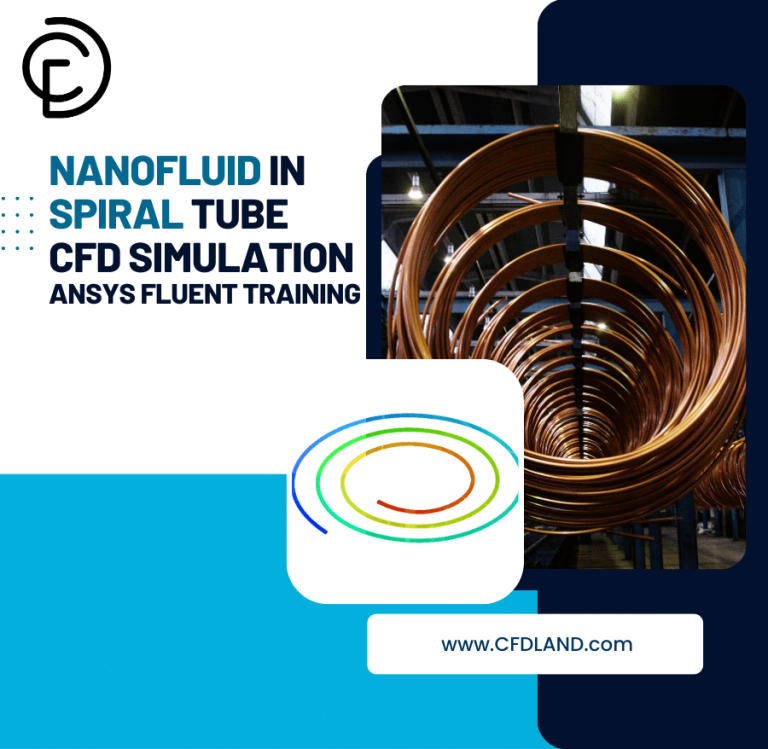
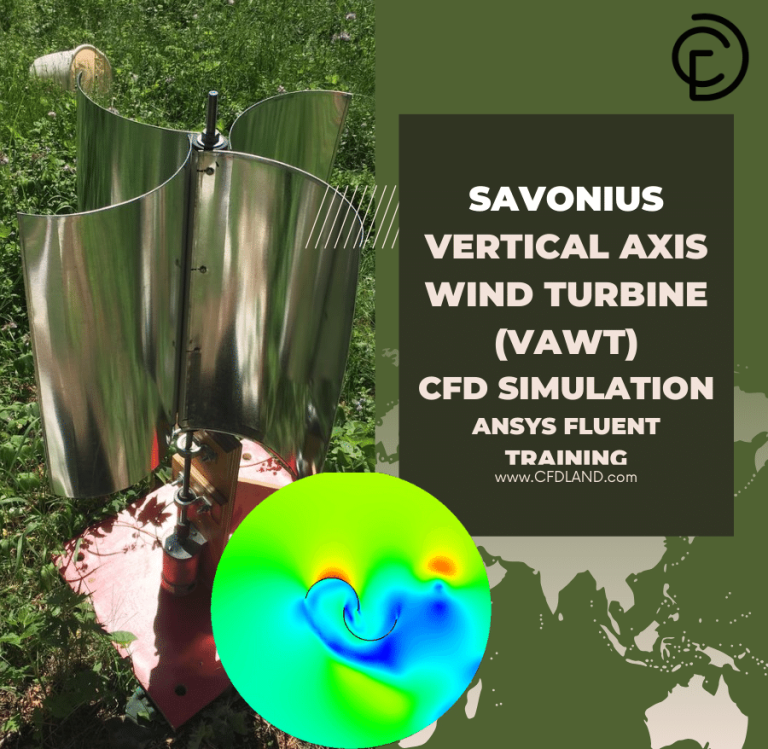
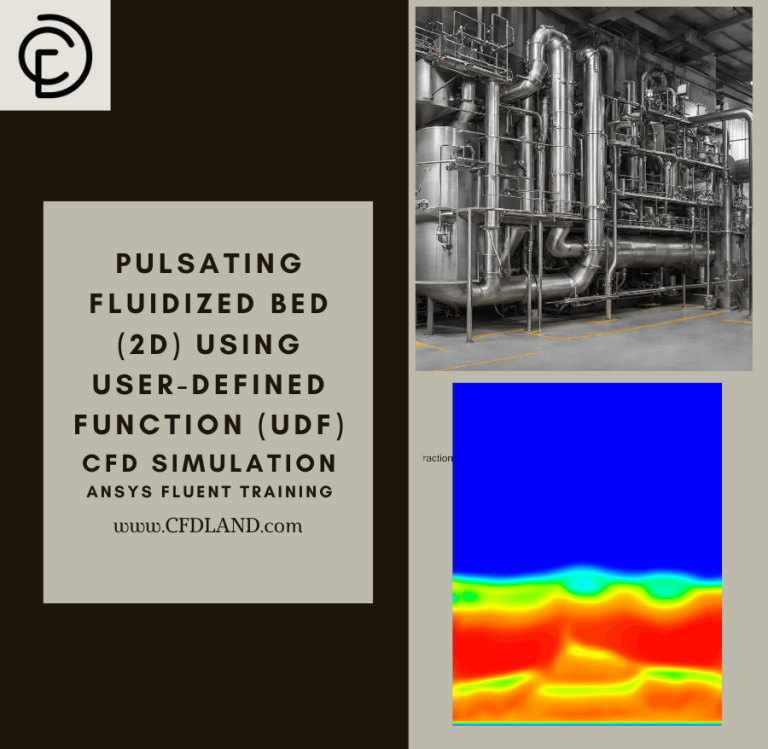
Reviews
There are no reviews yet.